11 Great Quotes about Universal Design for Learning (UDL)
November 5, 2024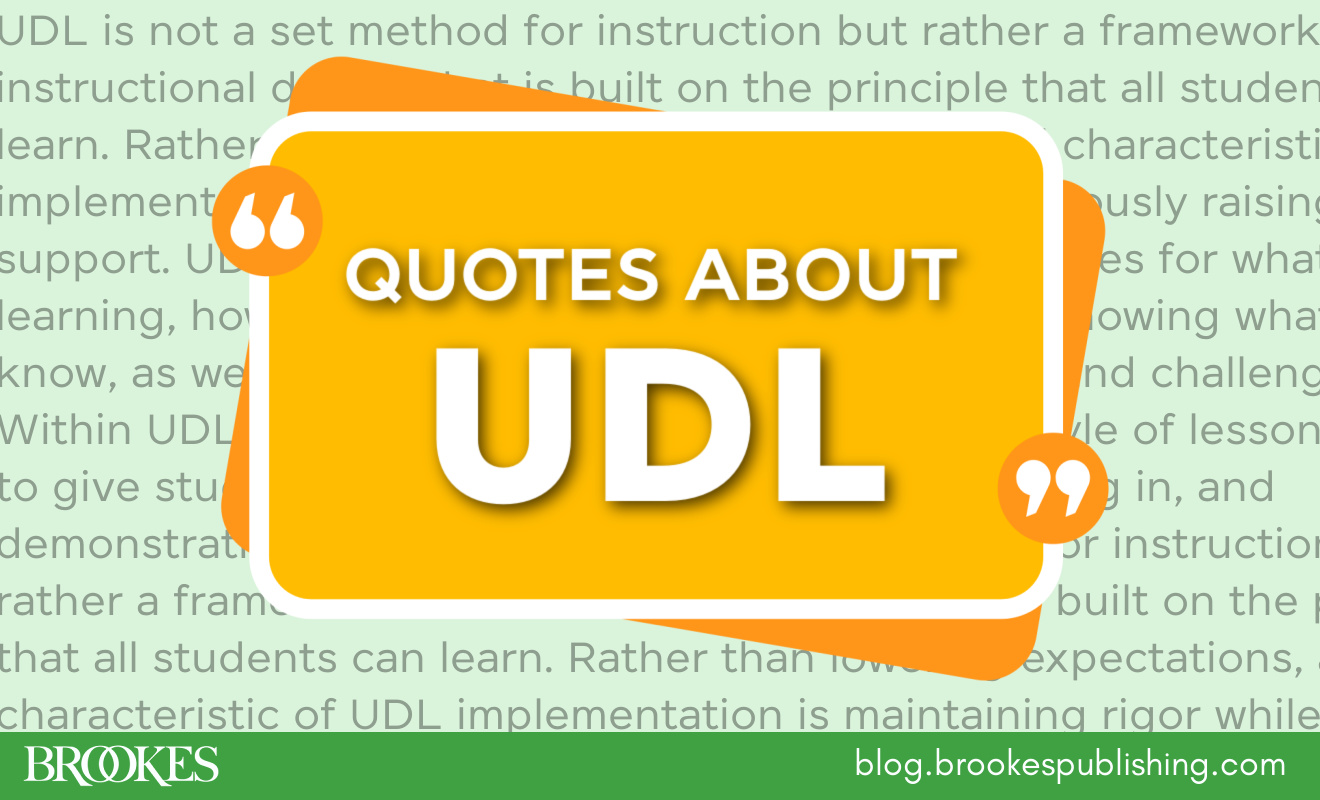
UDL enthusiasts, this post is for you! We love sharing tips and insights from Brookes authors on how to create a universally designed learning environment that meets the needs of every learner. In today’s post, we’ve rounded up some of the best quotes from our expert authors and transformed them into quote graphics you can repost and share with your community. Which quote is your favorite?
“Within UDL, teachers reject the one-size-fits-all style of lesson delivery to give students flexible ways of accessing, engaging in, and demonstrating learning.” (Quote from Inclusion In Action by Nicole Eredics.)
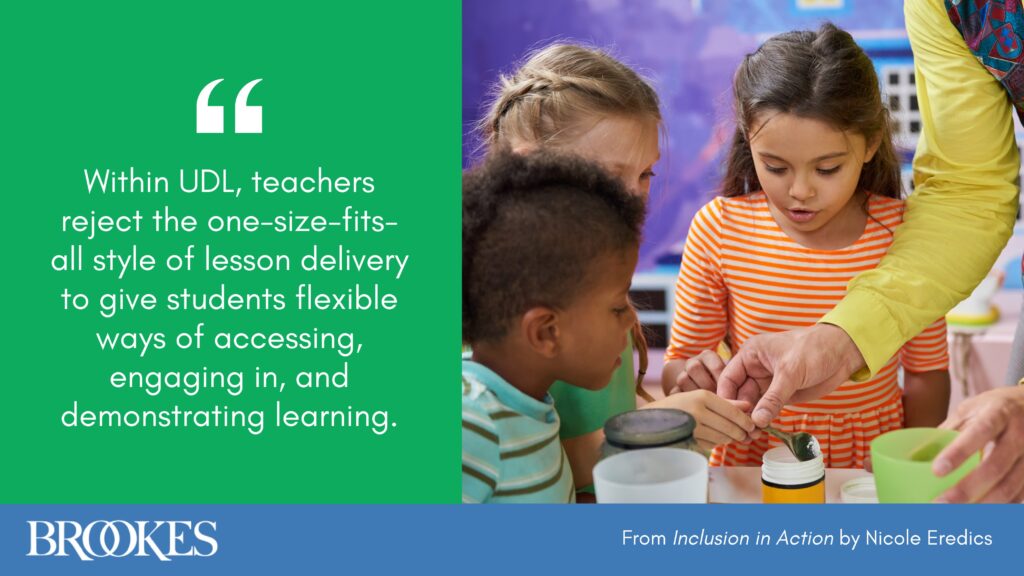
“UDL is based on the premise that thoughtfully designing lessons beforehand and appealing to the learning networks of all learners is more effective than modifying lessons later.” (Quote adapted from Life Beyond the Classroom, Fifth Edition, by Paul Wehman.)
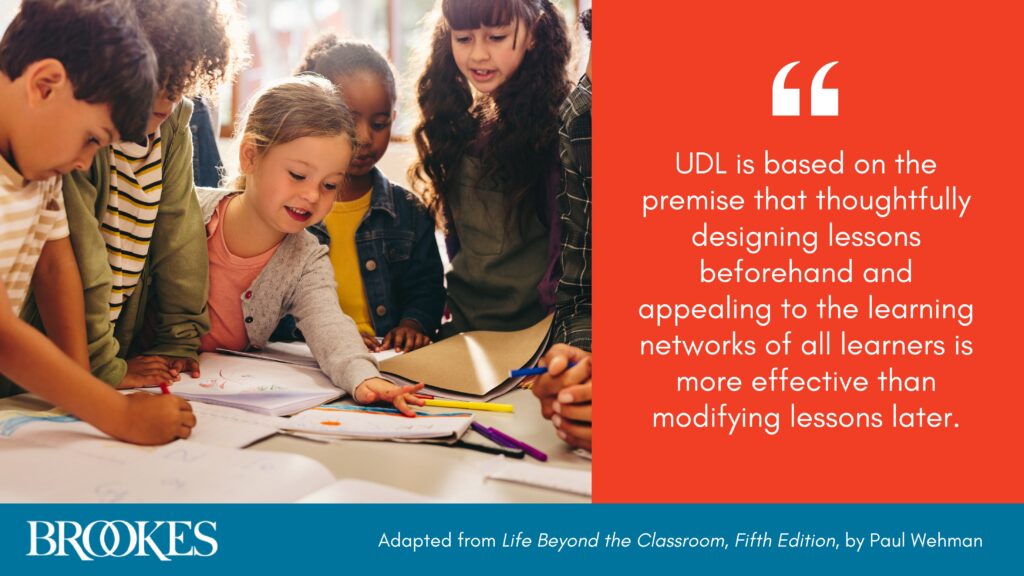
“UDL is not a set method for instruction but rather a framework for instructional design that is built on the principle that all students can learn.” (Adapted from Universal Design for Transition, Second Edition, by LaRon A. Scott & Colleen A. Thoma, with invited contributors.)
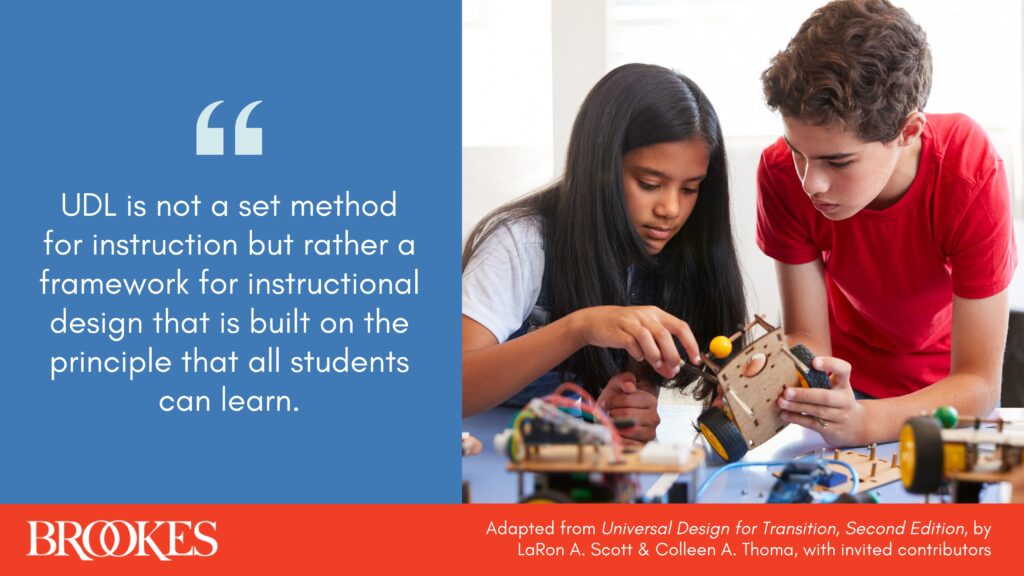
“Braided together, culturally relevant pedagogy and UDL build inclusive culturally responsive learning environments.” (From True Inclusion with UDL by Patti Kelly Ralabate.)
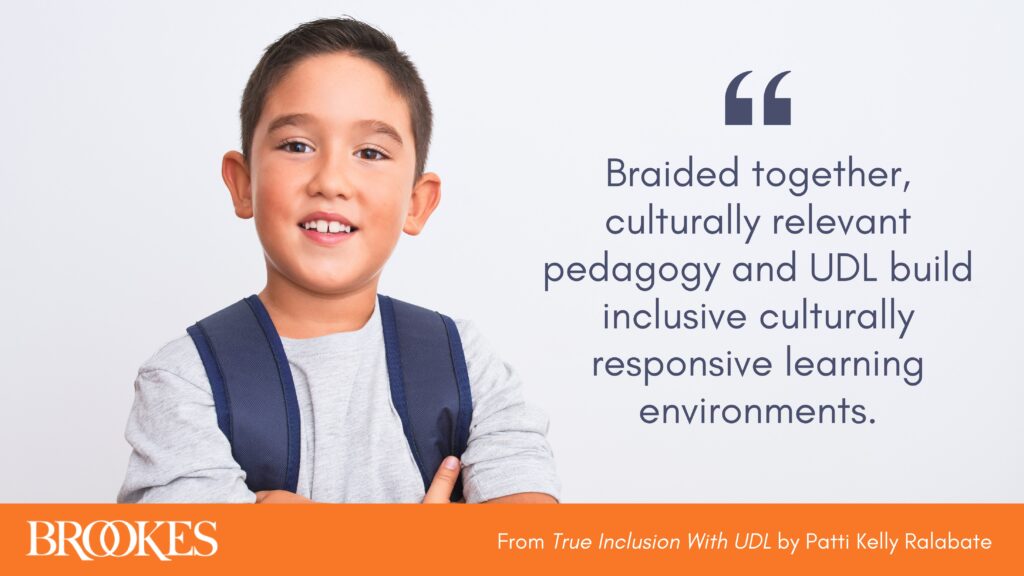
“UDL allows students to be challenged and enriched based on individual needs and learning preferences.” (Quote from The IEP Checklist, Second Edition, by Clarissa E. Rosas & Kathleen G. Winterman, with invited contributors)
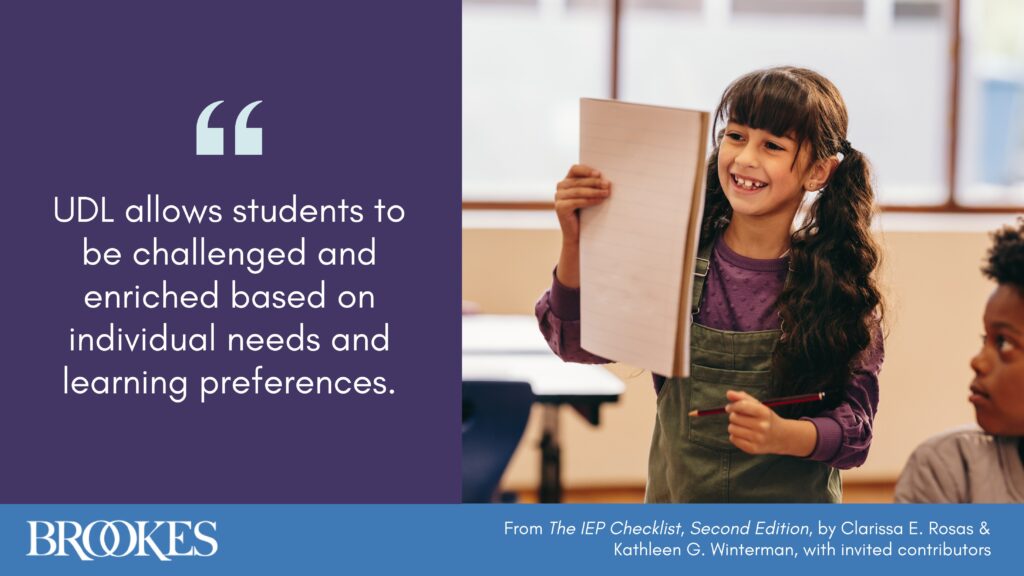
“UDL is a way to provide children with choices for what they are learning, how they are learning, and how they are showing what they know, as well as a variety of ways to be motivated and challenged.” (Quote from Engaging Young Engineers, Second Edition, by Angi Stone-MacDonald, Kristen B. Wendell, Anne Douglass, Mary Lu Love, & Amanda Wiehe Lopes.)
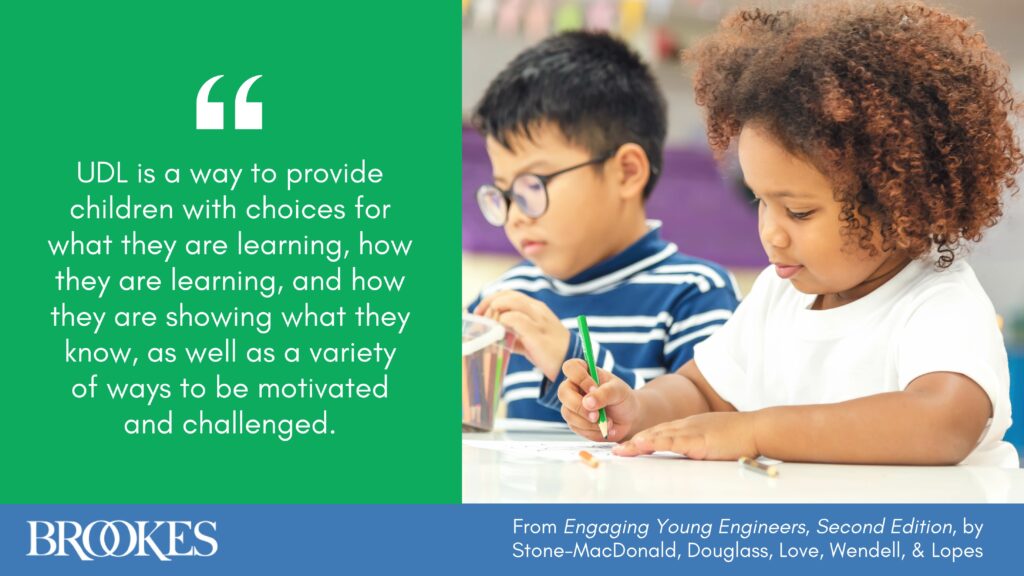
“With universal design for learning, variations in student needs are anticipated and planned for, rather than perceived as aberrations or problems.” (Quote from Differentiating Instruction and Assessment for English Language Learners, by Shelley Fairbairn & Stephaney Jones-Vo)
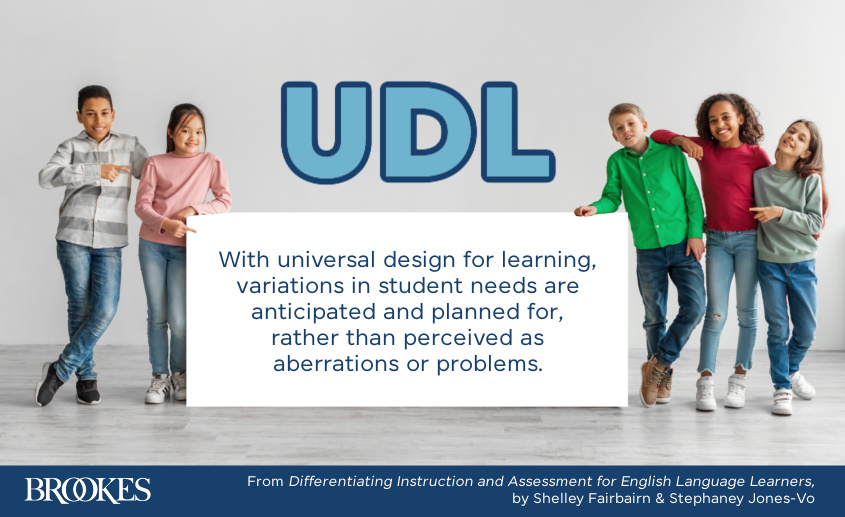
“Rather than lowering expectations, a critical characteristic of UDL implementation is maintaining rigor while simultaneously raising levels of support.” (Quote from True Inclusion with UDL by Patti Kelly Ralabate.)
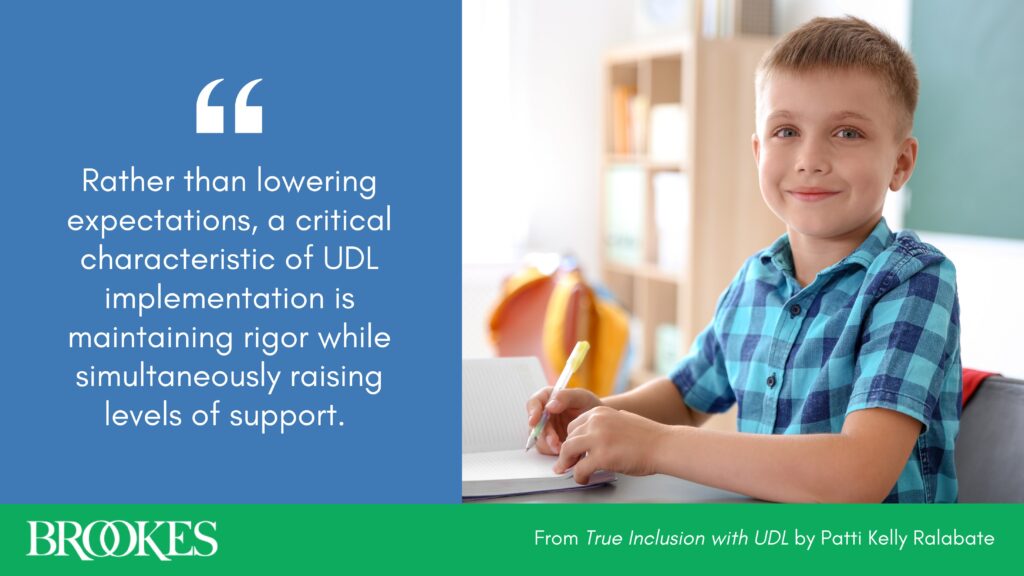
“The ultimate goal of UDL is to develop expert learners.” (Quote from Teaching Reading Sourcebook, Third Edition, by Bill Honig, Linda Diamond, & Linda Gutlohn.)
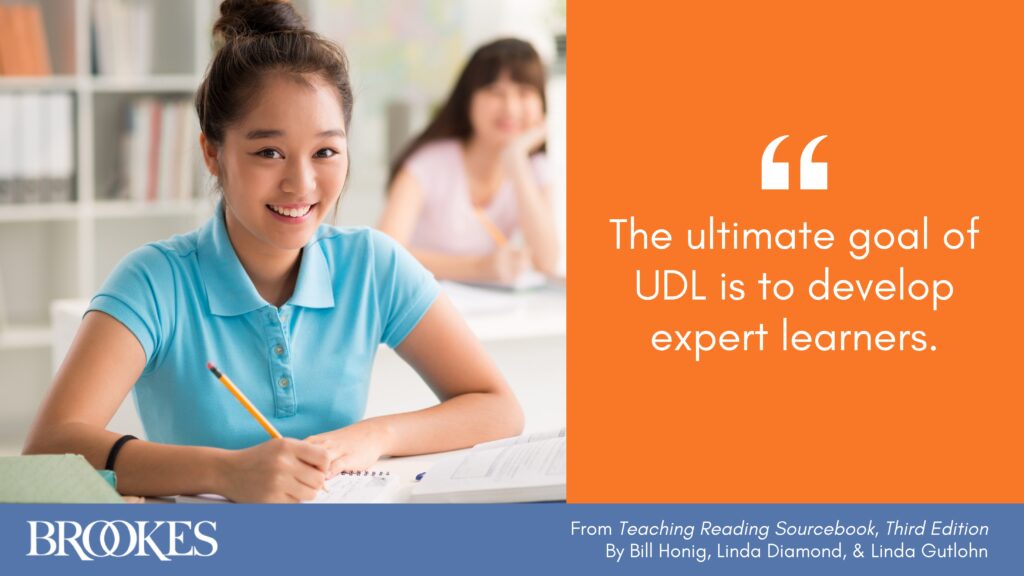
“Planning lessons for a learning environment that is organized with learner variability and the UDL framework in mind will ultimately save you planning and instructional time.” (Quote from Your UDL Lesson Planner by Patti Kelly Ralabate.)
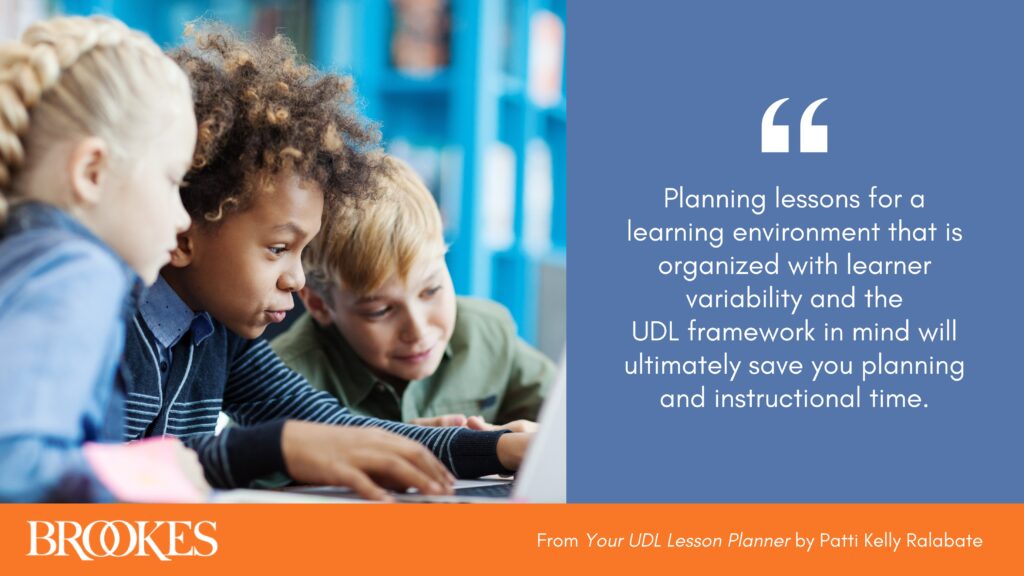
“There is no end to learning about UDL. If you enter your experience with UDL knowing you’ll always be learning more, you will have the flexible mindset that is also necessary to meet the needs of your variable learners.” (Quote adapted from Design and Deliver, Second Edition, by Loui Lord Nelson.)
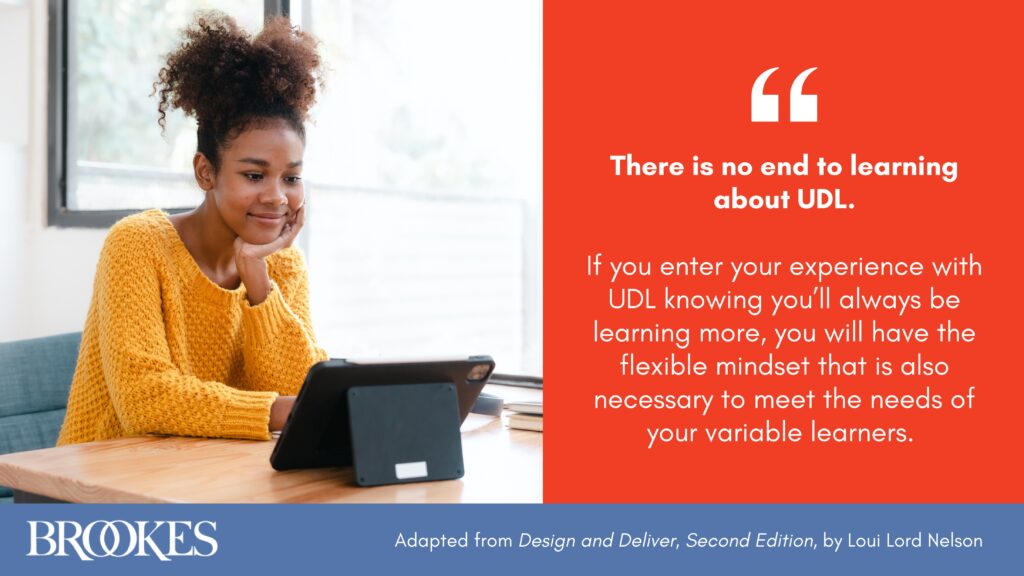
As Patti Kelly Ralabate says in True Inclusion With UDL, “By adopting equity-based, UDL-inspired, culturally responsive pedagogy, teachers can design accessible, nurturing, and engaging learning environments for every learner and build school cultures that allow every learner to feel they belong and can succeed.” Keep learning with the UDL books featured here, and check out these UDL-themed posts on the Brookes blog:
- 4 UDL Books Every Teacher Needs
- Getting Started with UDL in Early Childhood
- 4 Big Things You Should Know About UDL
- “Growth is Like an Expanding Sphere”: A UDL Q&A with Design and Deliver Author Loui Lord Nelson
- Prepping a Universally Designed Classroom: Beth’s UDL Story
- How to Supercharge 5 Traditional Teaching Strategies with UDL
- 6 Steps to Planning UDL Lessons (+ 3 Teacher Stories!)

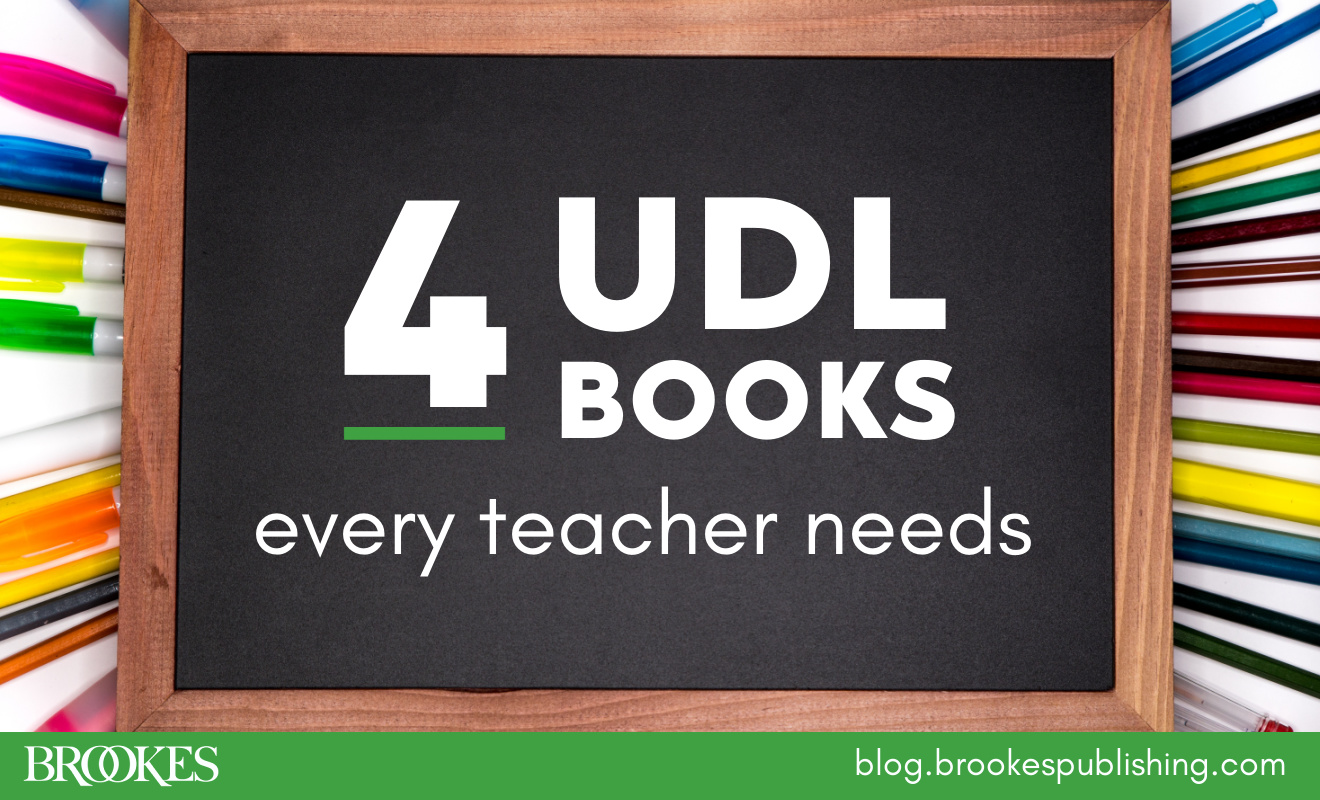
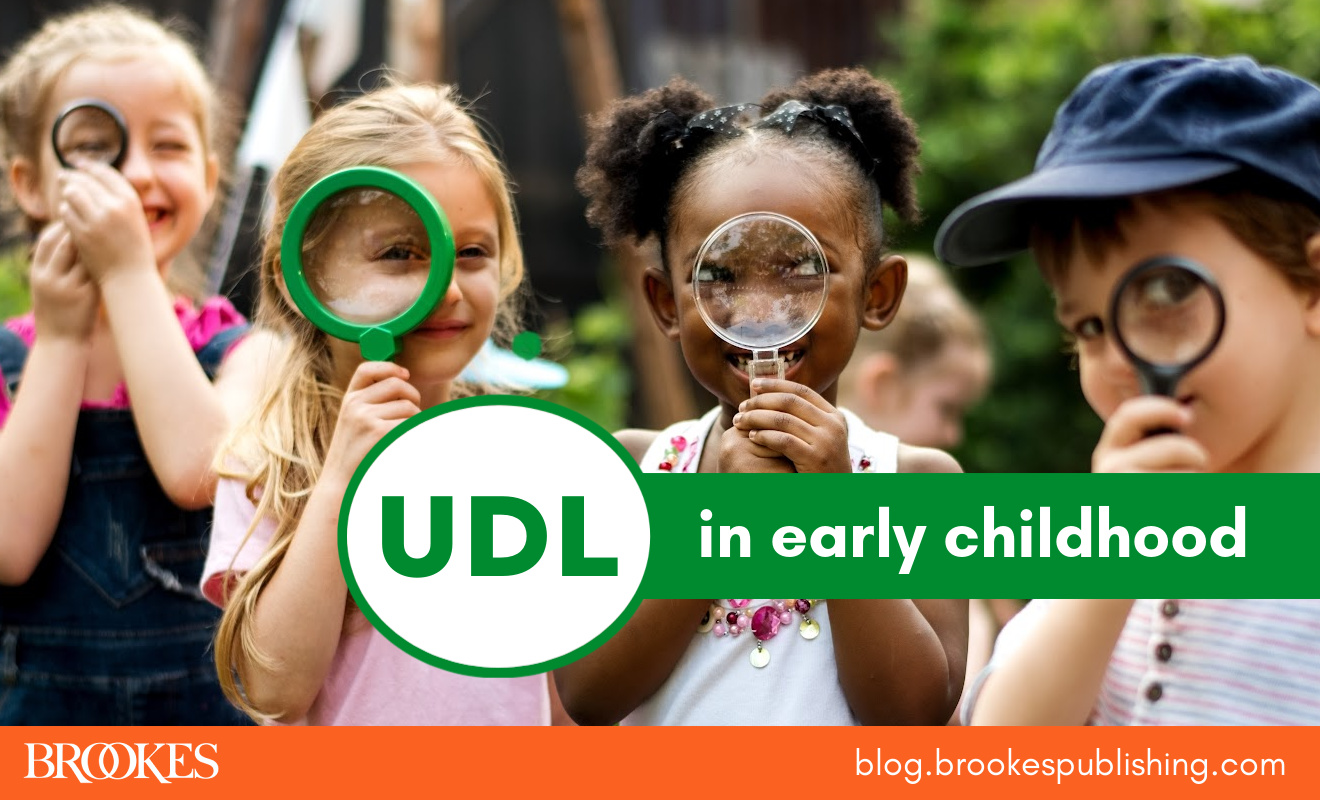
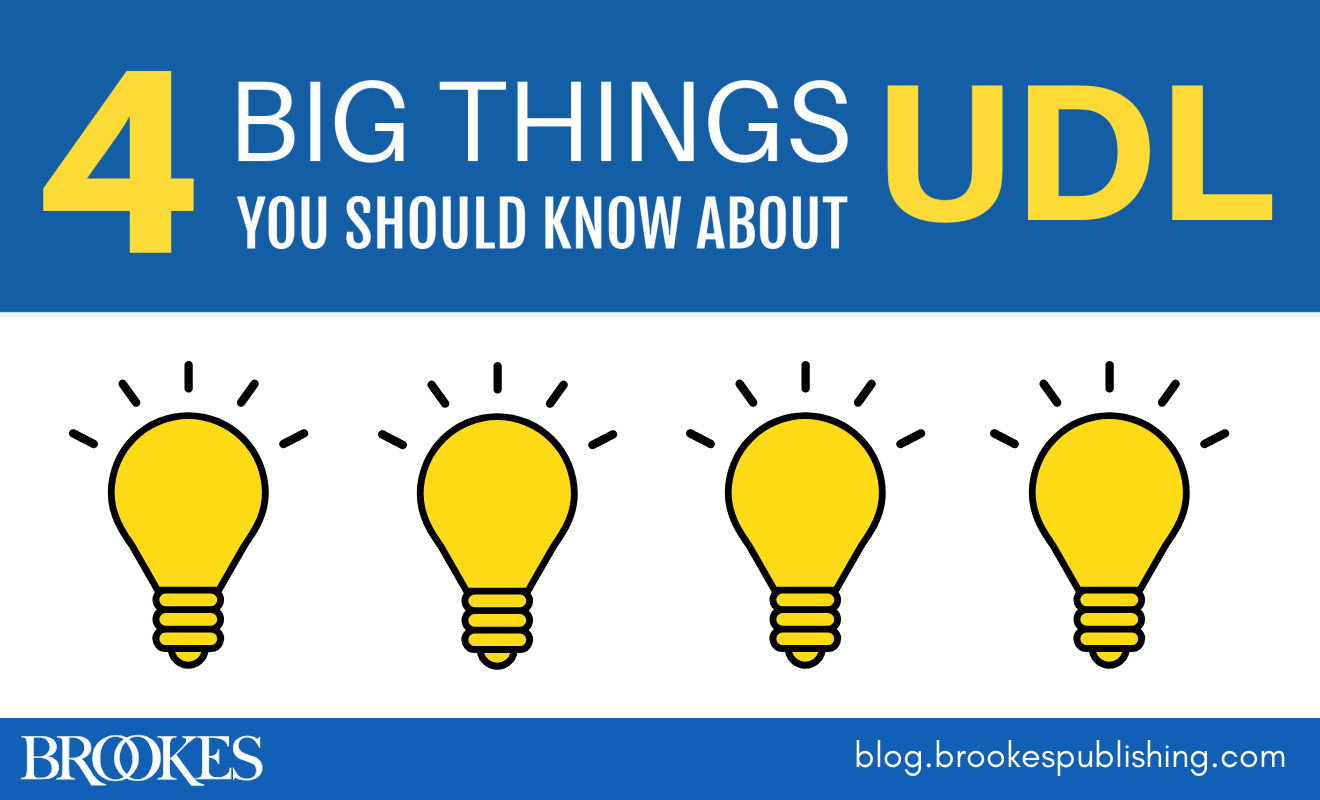
Write a Comment
Your email address will not be published. Required fields are marked *
Post a Comment